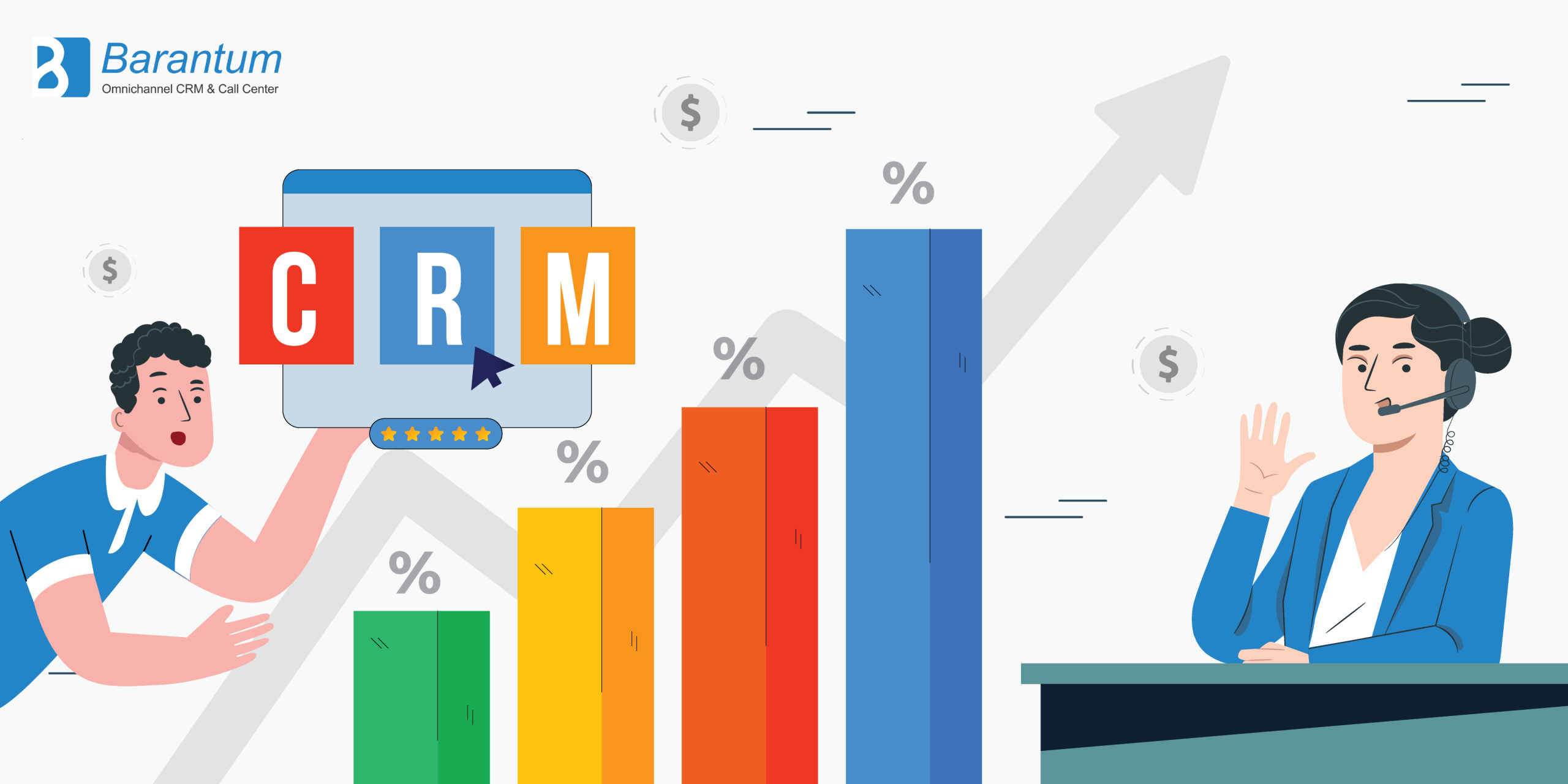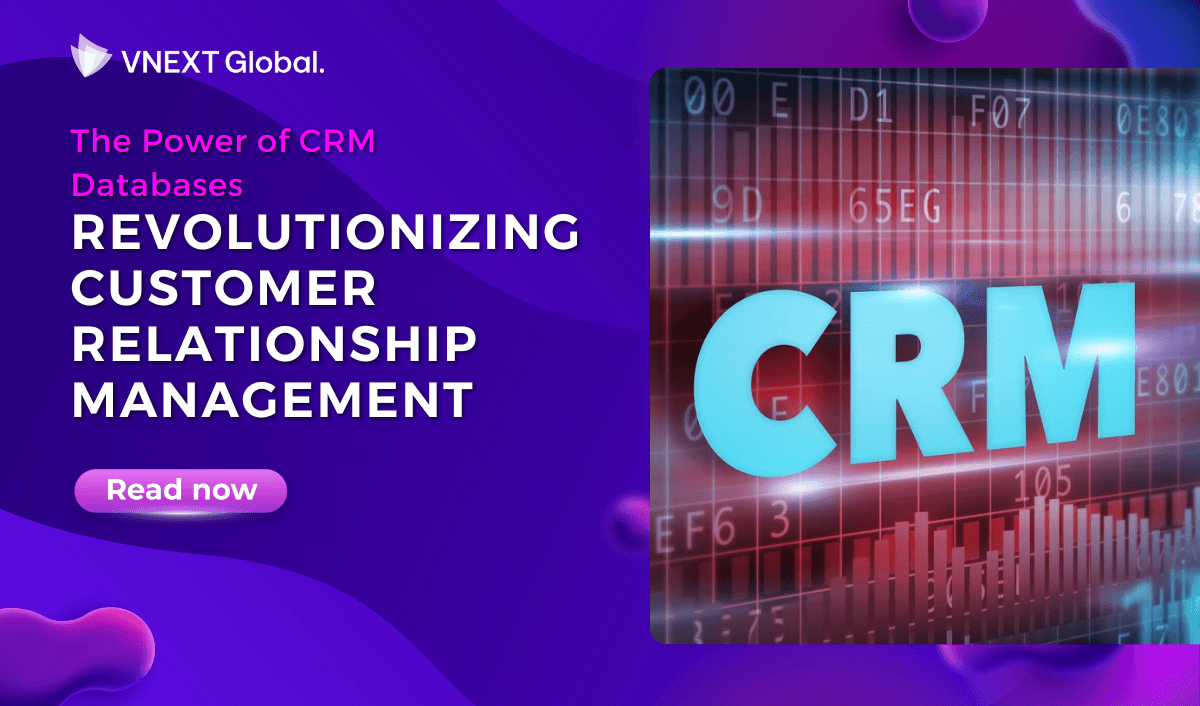The Ultimate Guide to CRM: Revolutionizing Customer Interactions
The Ultimate Guide to CRM: Revolutionizing Customer Interactions

The Ultimate Guide to CRM: Revolutionizing Customer Interactions
Imagine having a magic notebook that keeps track of every conversation, meeting, and transaction with your customers. Sounds too good to be true, right? Welcome to the world of Customer Relationship Management (CRM), the ultimate tool for businesses to manage customer interactions and boost sales.
In this article, we’ll break down the basics of CRM, its benefits, and how it can transform the way you interact with your customers. Whether you’re a young entrepreneur or a seasoned business professional, CRM is an essential tool to stay ahead of the competition.
What is CRM?
CRM is a software system that helps businesses manage customer interactions across all touchpoints, including phone calls, emails, social media, and in-person meetings. It’s like having a personal assistant that keeps track of every conversation, note, and task related to your customers.
Think of CRM as a database that stores customer information, interaction history, and sales data. This data is then used to analyze customer behavior, identify patterns, and anticipate their needs. With CRM, you can:
- Store customer contact information and interaction history
- Assign tasks and reminders to team members
- Track sales and marketing campaigns
- Analyze customer behavior and preferences
- Provide personalized customer service

Benefits of CRM
So, why should you care about CRM? Here are some benefits that’ll make you want to jump on the CRM bandwagon:
- Improved customer relationships: With CRM, you can track every interaction with your customers and respond to their needs in real-time. This leads to stronger relationships, increased loyalty, and ultimately, more sales.
- Increased efficiency: CRM automates many tasks, such as data entry and follow-up emails, freeing up your team to focus on high-value activities like closing deals and building relationships.
- Enhanced collaboration: CRM provides a centralized platform for your team to share information, assign tasks, and collaborate on projects. This reduces confusion, improves communication, and increases productivity.
- Data-driven insights: CRM provides valuable insights into customer behavior, preferences, and needs. This data can be used to inform marketing campaigns, sales strategies, and product development.
- Competitive advantage: In today’s digital age, customers expect personalized, efficient, and seamless interactions with businesses. CRM helps you stay ahead of the competition by delivering exceptional customer experiences.
How CRM Works
Now that you know the benefits of CRM, let’s dive into how it works. Here’s a step-by-step overview:
- Data collection: CRM collects customer data from various sources, including social media, email, phone calls, and in-person interactions.
- Data storage: This data is stored in a centralized database, where it can be accessed by authorized team members.
- Data analysis: CRM software analyzes the collected data to identify patterns, trends, and customer behavior.
- Insight generation: Based on the analysis, CRM generates insights that can inform sales strategies, marketing campaigns, and customer service interactions.
- Action: Team members use these insights to take action, such as sending targeted emails, making phone calls, or scheduling meetings.
Types of CRM
Not all CRM systems are created equal. Here are some types of CRM to consider:
- Cloud-based CRM: This type of CRM is hosted on a cloud server, providing flexibility, scalability, and access from anywhere.
- On-premise CRM: This type of CRM is installed on your company’s servers, providing control and security.
- Open-source CRM: This type of CRM is free or low-cost, providing flexibility and customization.
- Social CRM: This type of CRM integrates social media data into the CRM platform, providing a 360-degree view of customer interactions.
Popular CRM Software
Here are some popular CRM software options to consider:
- Salesforce: The industry leader in CRM, offering a range of features and integrations.
- HubSpot: An all-in-one CRM, marketing, and sales platform that’s perfect for small businesses.
- Zoho CRM: A cloud-based CRM that offers a range of features at an affordable price.
- Freshsales: A sales-focused CRM that offers AI-powered sales forecasting and analytics.
Best Practices for Implementing CRM
Implementing CRM can be a daunting task, but with these best practices, you’ll be on the right track:
- Define your goals: Identify what you want to achieve with CRM, whether it’s improving customer relationships or increasing sales.
- Choose the right software: Select a CRM software that meets your business needs and budget.
- Train your team: Provide comprehensive training to ensure your team knows how to use CRM effectively.
- Customize the platform: Configure the CRM platform to meet your business needs and workflow.
- Monitor and analyze: Regularly monitor and analyze CRM data to inform sales strategies and customer service interactions.
Common Challenges with CRM
While CRM is a powerful tool, it’s not without its challenges. Here are some common issues to watch out for:
- Data quality: Poor data quality can lead to inaccurate insights and ineffective sales strategies.
- User adoption: Low user adoption can hinder the effectiveness of CRM.
- Integration: Integrating CRM with other software systems can be complex and time-consuming.
- Cost: CRM software can be expensive, especially for small businesses.
Conclusion
In conclusion, CRM is a powerful tool that can revolutionize the way you interact with your customers. By understanding the basics of CRM, its benefits, and how it works, you’ll be better equipped to make informed decisions about implementing CRM in your business. Whether you’re a young entrepreneur or a seasoned business professional, CRM is essential for staying ahead of the competition and delivering exceptional customer experiences.
So, what are you waiting for? Start exploring CRM software options today and take the first step towards transforming your customer interactions.
